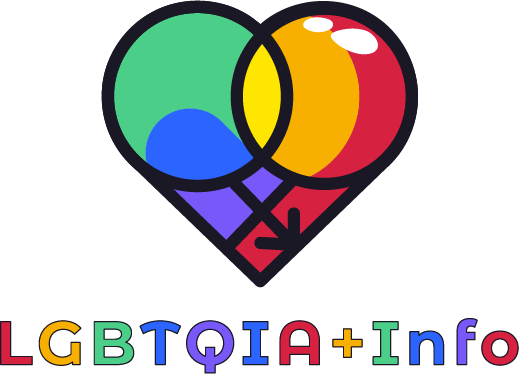The lesbian movement is a vital part of the broader LGBTQ+ movement, with a rich and complex history marked by struggle, resilience, and progress. From the early days of secrecy and stigmatization to the present day of legal recognition and cultural visibility, the lesbian movement has been at the forefront of the fight for LGBTQ+ rights and liberation.
In this article, we will explore the key events, figures, and strategies that have shaped the lesbian movement over time, and examine some of the ongoing challenges and struggles facing the lesbian community today.
Early history and emergence of the lesbian identity
Though same-sex relationships between women have always been there, the idea of a separate lesbian identity and society has just emerged in the last few decades. Several women in the late 19th and early 20th centuries, typically in literary and artistic circles, spoke out about their same-sex aspirations and relationships.
The word “lesbian” emerged around this period to describe women who felt an attraction to other women. Lesbian communities and movements did not form, however, until the middle of the twentieth century.
The rise of lesbian activism and organizing
A more visible and organized lesbian movement emerged in the 1950s and 1960s due to a confluence of social and political circumstances. The rise of the LGBTQ+ movement and other societal shifts pertaining to sexuality and gender were two such factors.

At this time, lesbian activists and groups started fighting for equal rights in areas like healthcare, housing, and work, as well as for broader legal recognition and protections. Some of these groups included the Daughters of Bilitis, the first lesbian civil rights organization in the United States, which was established in 1955.
The impact of the feminist movement
Many lesbians participated in feminist organizations and actions in the 1960s and 1970s, and this had a profound effect on the lesbian movement. Because of this, concerns like reproductive rights and gender-based violence gained more attention, and lesbians were given a more prominent place within the wider feminist movement.
There were frequent differences and conflicts between the lesbian movement and the larger feminist movement on matters like the role of males in feminist organizations and the significance of sexuality within feminist politics.
The AIDS Crisis and the lesbian response
The AIDS epidemic of the 1980s and 1990s had a significant effect on the lesbian community because so many lesbians were actively engaged in providing care and support for those with the illness. Because of this, the lesbian movement has put more of an emphasis on healthcare and campaigning, particularly on topics like HIV/AIDS awareness and safe sexual practices.
Lesbians at the time also played a significant part in combating prejudice and stigma toward those living with HIV/AIDS and pushing for more funding and support for research and treatment.
The techniques and obstacles that have defined the lesbian movement throughout time will be discussed in more depth in the next section of this essay, so stay tuned.
Lesbian visibility and representation in media
Increasing lesbian visibility and representation in media and popular culture has been a central strategy of the lesbian movement. This has involved both criticizing negative and stereotyped images of lesbians in mainstream media and developing and promoting literature, film, music, and art with a lesbian focus.

More and more television programs, movies, and novels have included lesbian characters and themes in recent years, marking a positive trend toward more accurate portrayals of the lesbian community. However, much work needs to be done before the lesbian community’s variety is properly reflected in positive and truthful portrayals.
Ongoing challenges and struggles
Even though there has been a lot of development in the lesbian community over the last several decades, they still have to deal with a lot of problems. For example, lesbian women of color and members of other oppressed groups continue to face prejudice and violence.
Access to reproductive healthcare and gender-affirming treatment are two areas where lesbians continue to confront barriers. Furthermore, in nations with conservative and anti-LGBTQ+ laws and policies, many lesbians still face legal impediments to adoption, marriage, and other kinds of family recognition.
Conclusion
The lesbian movement has come a long way, but there is still a long way to go. The lesbian movement has been pivotal in the battle for LGBTQ+ rights and freedom at every stage of its development, from the formation of a unique lesbian identity and community to the growth of lesbian activism and organization to the continued problems and hardships confronting the lesbian community today.
Though much remains to be done to ensure full equality and recognition for the lesbian community, the movement’s successes over the years are a testament to the efficacy of organized resistance and the strength of the lesbian community.

